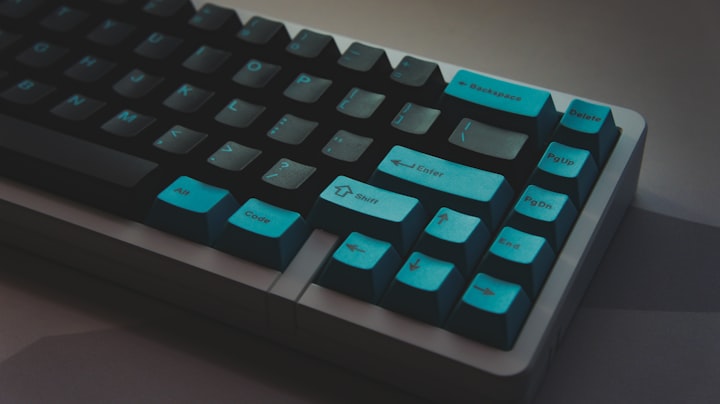Enhancing Security and Customer Experience for Restricted Areas with a Real-time Tracking System

New Collar's pursuit of identifying and addressing industry-specific challenges has led us to explore a predicament in the realm of event management - controlling and enhancing the experience for interchanging guests in limited seating VIP booths. To resolve this issue, we conceptualized the design and implementation of a cloud-based real-time tracking system that leverages Facial Recognition and RFID technologies to monitor and manage booth access.
The primary component of our proposed solution is a cloud-based application backed by AWS services. The app is envisioned to have a real-time dashboard, showing the occupancy status of each booth, and managing the guest interchange by enforcing an 'exit before entry' rule to prevent exceeding the seating limit.
We propose using AWS Rekognition for facial recognition and AWS DynamoDB for real-time data storage and retrieval. The facial recognition system would validate guests based on pre-registered profiles. Additionally, RFID wristbands, encoded with a unique identifier for each guest, would facilitate an automated check-in/check-out process.
A Python code snippet for guest validation using AWS Rekognition:
import boto3
def validate_guest(image_path):
client = boto3.client('rekognition')
with open(image_path, 'rb') as image:
response = client.search_faces_by_image(
CollectionId='guestCollection',
Image={'Bytes': image.read()},
)
if len(response['FaceMatches']) > 0:
print('Guest validated')
return True
print('Guest validation failed')
return False
An RFID reader, connected to a Raspberry Pi or a similar IoT device, would read the wristband and send the data to AWS IoT Core. This data would then be processed and stored in DynamoDB using AWS Lambda.
A Python code snippet for reading RFID data and publishing to AWS IoT Core:
import RPi.GPIO as GPIO
import MFRC522
import boto3
# Create an object of the class MFRC522
mfrc522 = MFRC522.MFRC522()
# AWS IoT client
iot = boto3.client('iot-data', region_name='us-west-2')
def read_rfid():
# Scan for cards
(status, tag_type) = mfrc522.MFRC522_Request(mfrc522.PICC_REQIDL)
# Get the UID of the card
(status, uid) = mfrc522.MFRC522_Anticoll()
# If a card is found
if status == mfrc522.MI_OK:
# Print UID
uid_str = str(uid[0])+","+str(uid[1])+","+str(uid[2])+","+str(uid[3])
# Publish to AWS IoT
iot.publish(topic='rfid/read', qos=0, payload=uid_str)
# Main loop
while True:
read_rfid()
For the real-time dashboard, we would use AWS AppSync for the frontend, subscribing to changes in the DynamoDB data, thus reflecting the booth occupancy status in real-time.
This theoretical project underscores New Collar's capabilities in conceptualizing innovative solutions using advanced technologies. Even though this solution remains theoretical, it provides a strong foundation for actual implementation and sets the stage for enhancing customer experience and security in the event management industry.



